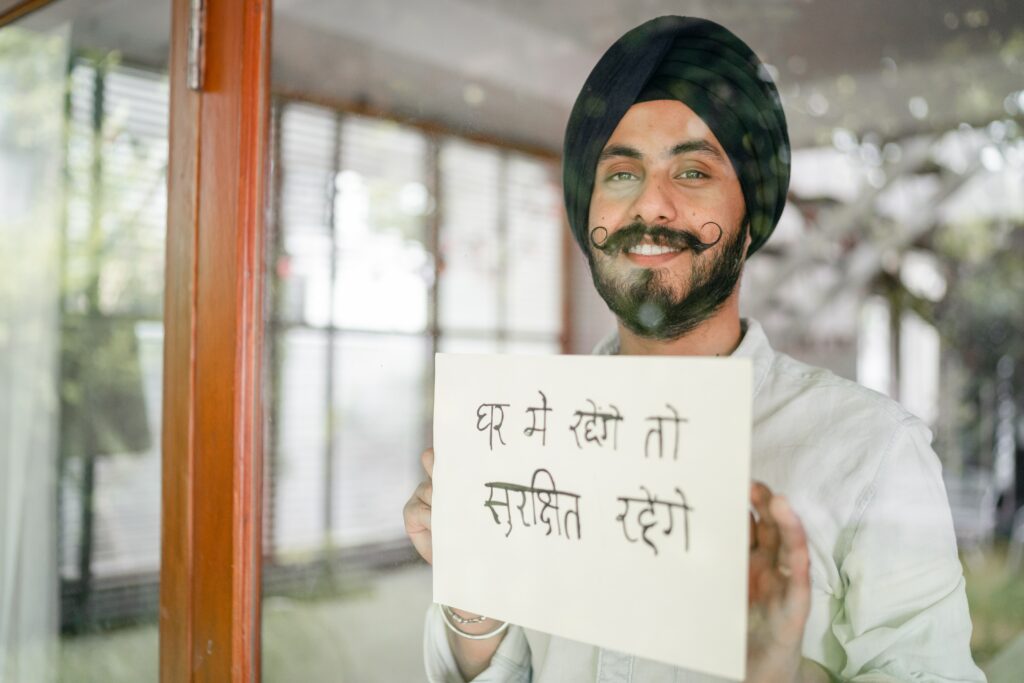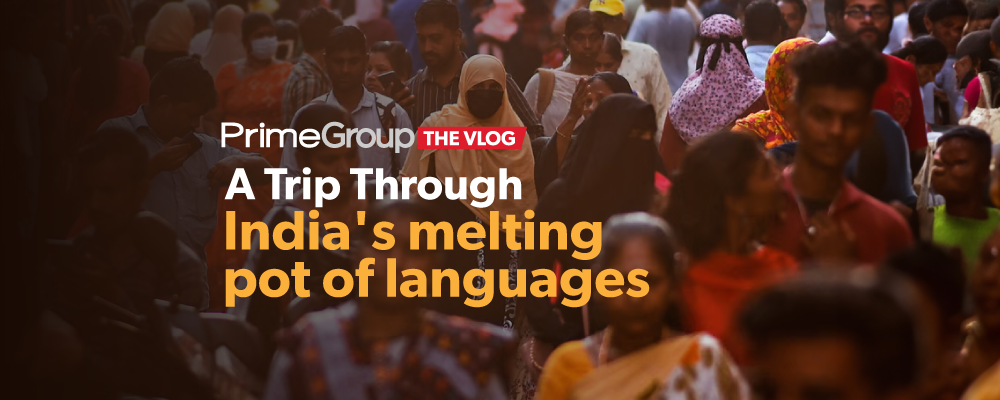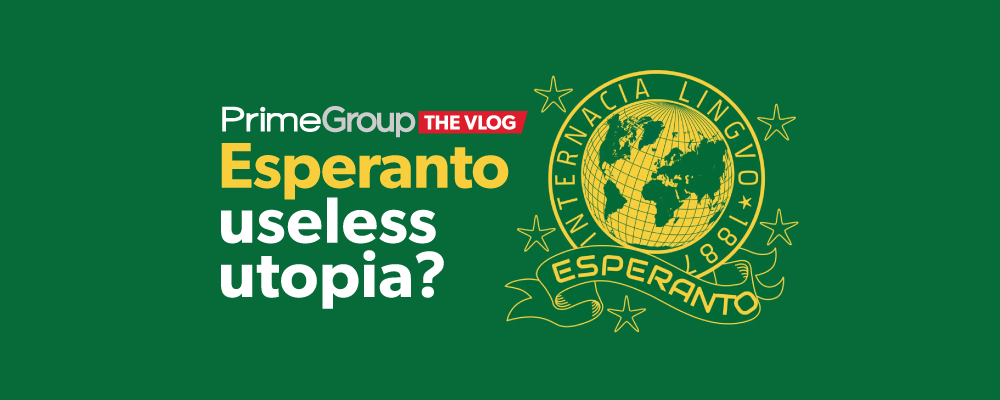India, where the language changes every ten miles! In this land of infinite color and spice, there’s an equally vibrant spread of languages that makes the Tower of Babel look like child’s play. If you thought English is widespread, no way near.
In the Indian linguistic bazaar, 21 languages have got the ‘official’ tag, but they’re just the tip of the linguistic iceberg. The latest census threw up a mind-boggling 121 languages, but recent figures from the People’s Linguistic Survey of India suggest that the actual number could be a whopping 780! This linguistic labyrinth is way more complex than just the English-Hindi stereotype.

Foto de Ketut Subiyanto: https://www.pexels.com/es-es/foto/hombre-oficina-camisa-blanco-4308161/
It’s true that in this linguistic hodgepodge, we’ve got Hinglish – a peppery blend of Hindi and English that’s the talk of the town. It’s like a bilingual Bollywood dance number – snazzy, modern, yet deeply rooted in the local culture. The fun fact here is that there are more people who can speak Hinglish than proper English!
But the story doesn’t end there. Some Indian words decided to go backpacking and settled down comfortably in Europe. Remember the cozy ‘pyjamas’ you wore last night? That word comes from India. Or, think about ‘veranda’ and ‘bungalow’, ‘shampoo’ (originally our ‘chāmpo’) – Indian words, making the world a comfier place!
In the grand Indian language ensemble, we’ve got a myriad of regional languages. Here are some of the most spoken:
Hindi: The de facto national language, spoken by around 41% of the population. It’s like the naam at an Indian meal – prevalent and influential.
Bengali: A language that flows like the rivers of the lush green Bengal, home to about 8% of Indians.
Telugu: The mother tongue of Andhra Pradesh and Telangana, is melodiously spoken by 7% of the population.
Marathi: The fiery lingo of the Maharashtrian warriors, holding sway over around 7% of the populace.
Tamil: One of the world’s oldest languages, revered by 5.9% of the Indian people.
Urdu: The language of poetry and romance, spoken by 5.2% of Indians.
Gujarati: The mother tongue of the business-savvy Gujaratis, claiming about 5% speakers.
Also, a special shoutout to Portuguese! With around 250,000 speakers in the picturesque coastal state of Goa. Yes, this Iberian language is the secret ingredient in the Indian language curry.
And guess what? each language carries its own epic tales, culture, and rich histories. Like Tamil, with ancient literature that makes Game of Thrones look like a toddler’s storybook, or Santali, a window into tribal life in Eastern India.
What’s the role of English in this linguistic masala? Well, it’s more a guest than a host. Sure, it was invited by the British and decided to stick around, acting as a useful link language and gate to the global economy. But despite its prestige, only about 10% of Indians truly use English – mostly the urban, educated elite.
There’s a tussle to keep the regional languages alive amidst the growing English influence. But, there’s also a rising wave of initiatives to protect these linguistic treasures, with education becoming more multilingual and resources being digitized for wider access.
So, if you ever thought of India as just an English-Hindi market, it’s time to rethink! The true India is a rich symphony of many regional languages. It’s a delicious linguistic biryani, each rice grain carrying its own flavor and contributing to the incredible whole.
Namaste !!!



